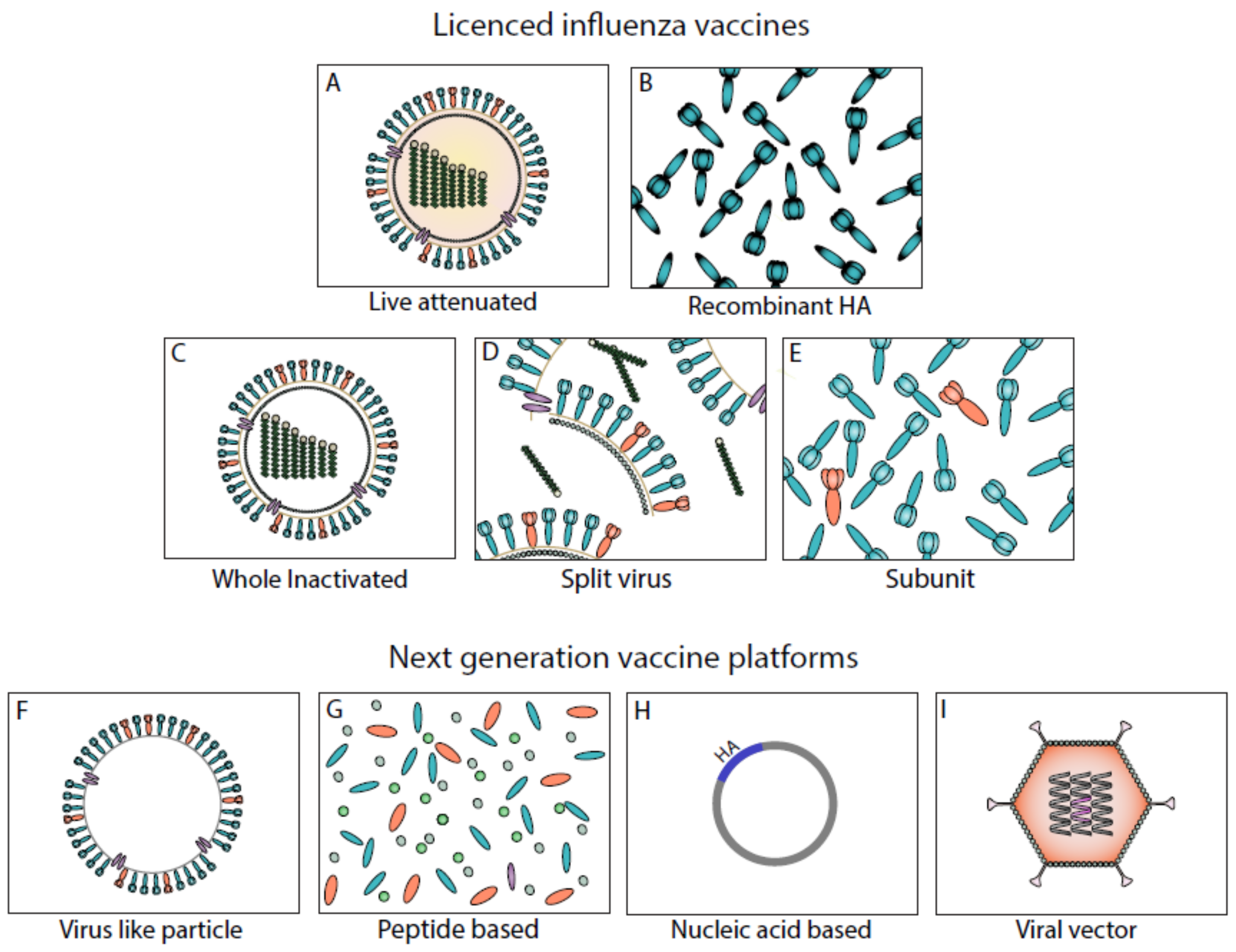The Need for a Universal Flu Vaccine

The flu is a significant public health concern, responsible for an estimated 250,000 to 500,000 hospitalizations and 3,000 to 49,000 deaths in the United States each year. The current flu vaccines are only about 50-60% effective in preventing the flu, and their effectiveness can vary depending on the age and health status of the individual, as well as the match between the vaccine and the circulating strains of the virus. Moreover, the flu virus is constantly evolving, with new strains emerging each year, making it essential to have a vaccine that can keep pace with these changes.
The Challenges of Developing a Universal Flu Vaccine
Developing a universal flu vaccine is a complex task that poses several challenges. One of the main hurdles is the high genetic variability of the influenza virus, which makes it difficult to identify a single antigen that can provide broad protection. Additionally, the flu virus has a number of mechanisms to evade the immune system, including antigenic drift and shift, which can render a vaccine ineffective. Furthermore, the flu virus can infect a wide range of hosts, including humans, animals, and birds, making it challenging to develop a vaccine that can provide protection across different species.
Approaches to Developing a Universal Flu Vaccine
Despite the challenges, researchers have made significant progress in developing a universal flu vaccine. Several approaches are being explored, including:
- Haemagglutinin (HA) stem-based vaccines: This approach focuses on the HA protein, which is the primary antigen on the surface of the flu virus. The HA stem is a conserved region of the protein that is less likely to mutate, making it a promising target for a universal vaccine.
- Neuraminidase (NA) inhibitors: NA is another protein on the surface of the flu virus that plays a critical role in the replication of the virus. Inhibitors of NA have been shown to provide broad protection against different strains of the flu virus.
- T-cell-based vaccines: T-cells are a type of immune cell that can recognize and kill infected cells. T-cell-based vaccines aim to stimulate a T-cell response that can provide broad protection against different strains of the flu virus.
- Universal vaccine platforms: Several universal vaccine platforms are being developed, including messenger RNA (mRNA) and viral vector-based platforms. These platforms can be used to deliver a universal flu vaccine that can provide broad protection against different strains of the virus.
Current Status of Universal Flu Vaccine Development
Several universal flu vaccine candidates are currently in various stages of development, including:
- mRNA-1445: This is an mRNA-based vaccine that targets the HA protein and has shown promising results in early-stage clinical trials.
- FLU-v: This is a universal flu vaccine that targets the HA and NA proteins and has shown broad protection against different strains of the flu virus in preclinical studies.
- M-001: This is a T-cell-based vaccine that targets the HA and NA proteins and has shown promising results in early-stage clinical trials.
FAQs
- What is a universal flu vaccine?
A universal flu vaccine is a vaccine that can provide long-lasting protection against all strains of the influenza virus. - Why do we need a universal flu vaccine?
We need a universal flu vaccine because the current flu vaccines are only about 50-60% effective in preventing the flu, and their effectiveness can vary from year to year. - How close are we to developing a universal flu vaccine?
Several universal flu vaccine candidates are currently in various stages of development, and some have shown promising results in early-stage clinical trials. - Will a universal flu vaccine be more expensive than the current flu vaccines?
It’s difficult to predict the cost of a universal flu vaccine, but it’s likely to be more expensive than the current flu vaccines. - Will a universal flu vaccine be available for all age groups?
Yes, a universal flu vaccine will likely be available for all age groups, including children, adults, and older adults.
Conclusion
The development of a universal flu vaccine is a complex and challenging task, but it has the potential to revolutionize the way we prevent and treat the flu. Several approaches are being explored, and several universal flu vaccine candidates are currently in various stages of development. While there are still many hurdles to overcome, the prospect of a universal flu vaccine is an exciting one, and it could have a significant impact on public health. A universal flu vaccine could provide long-lasting protection against all strains of the influenza virus, reducing the risk of illness and death from the flu. Additionally, it could simplify the process of flu vaccination, eliminating the need for annual vaccinations and reducing the burden on healthcare systems. As researchers continue to work towards developing a universal flu vaccine, we can look forward to a future where the flu is no longer a significant public health concern.
Closure
Thus, we hope this article has provided valuable insights into Universal flu vaccine development. We appreciate your attention to our article. See you in our next article!